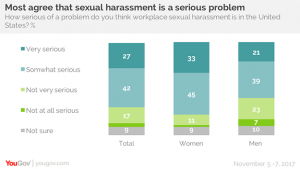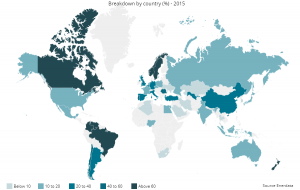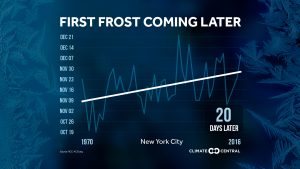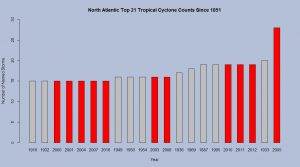 King tides occur when the sun is closest to the earth and aligned with the moon. For the northern hemisphere this happens in the fall. The picture here from the climate.gov post, King tides cause flooding in Florida in fall 2017, is from October,17 2016 at Brickell Bay Drive and 12th Street in downtown Miami.
King tides occur when the sun is closest to the earth and aligned with the moon. For the northern hemisphere this happens in the fall. The picture here from the climate.gov post, King tides cause flooding in Florida in fall 2017, is from October,17 2016 at Brickell Bay Drive and 12th Street in downtown Miami.
While the celestial mechanisms that cause these king tides are not changing anytime soon, the water levels of the oceans are. This means that as the sun and moon tug away at the ocean, they are tugging at an ever-larger amount of water, dragging more of it on-shore than they did during previous decades’ king tides.
The article includes the graph here of maximum daily water levels during king tides near Miami, with a  regression line. The trend shows a water level increase of almost 10 inches since 1994. To get the data go to the Tides and Current page from NOAA, click on the pin by Miami, and then click on the station home page. Under the tides/water level tab go to water level. There is some work involved in the settings to get the data, but there is really interesting data available.
regression line. The trend shows a water level increase of almost 10 inches since 1994. To get the data go to the Tides and Current page from NOAA, click on the pin by Miami, and then click on the station home page. Under the tides/water level tab go to water level. There is some work involved in the settings to get the data, but there is really interesting data available.








